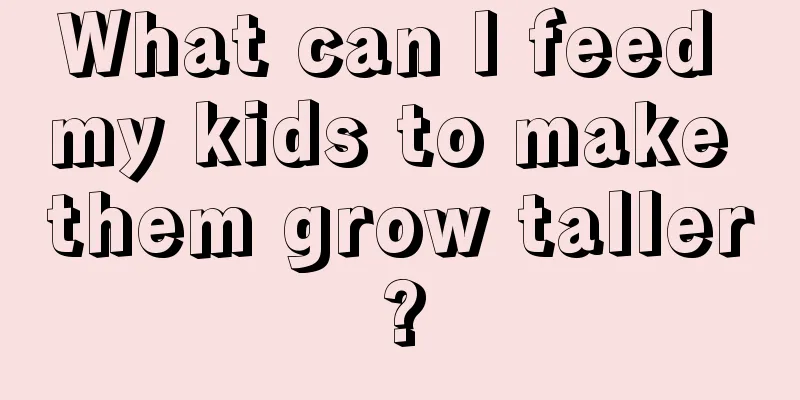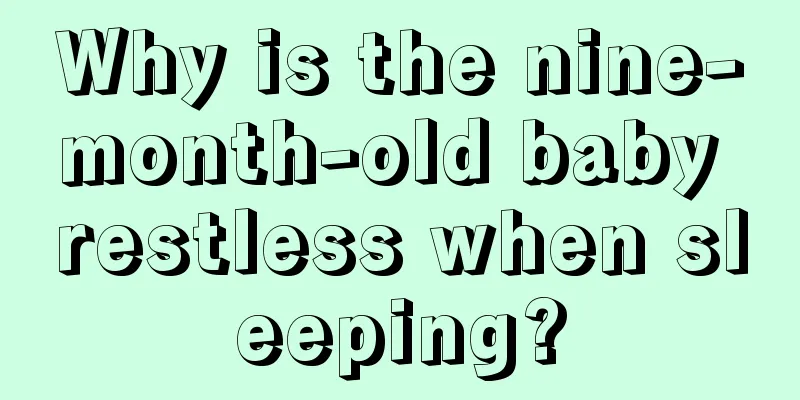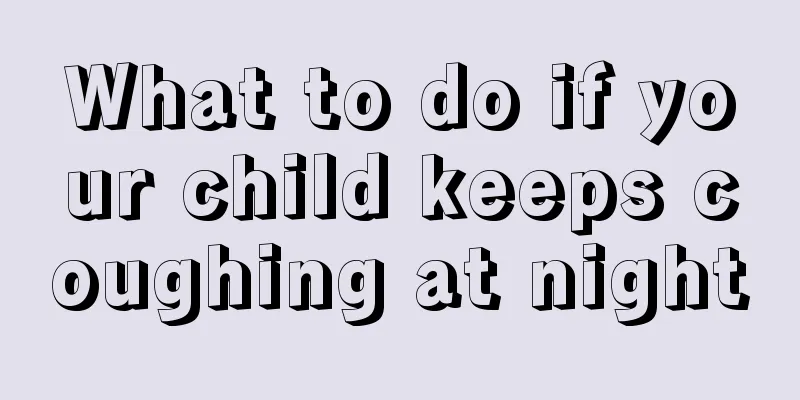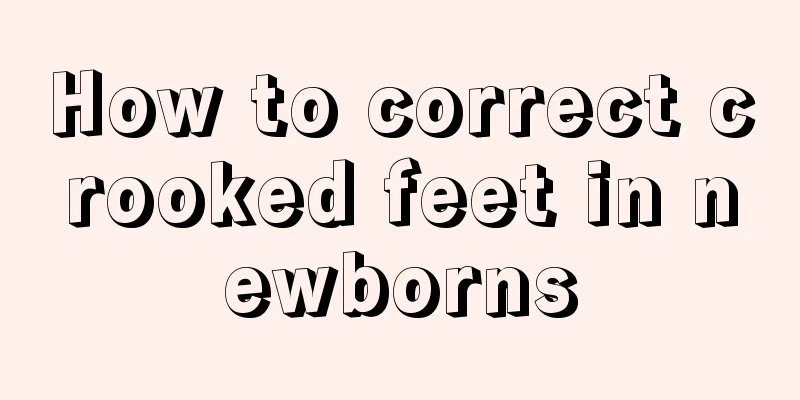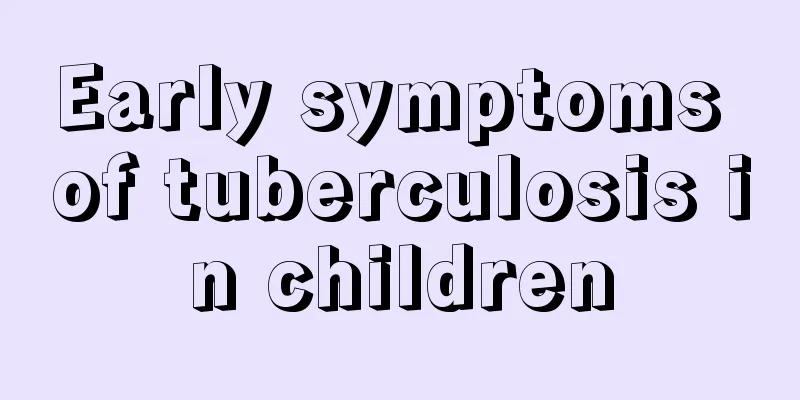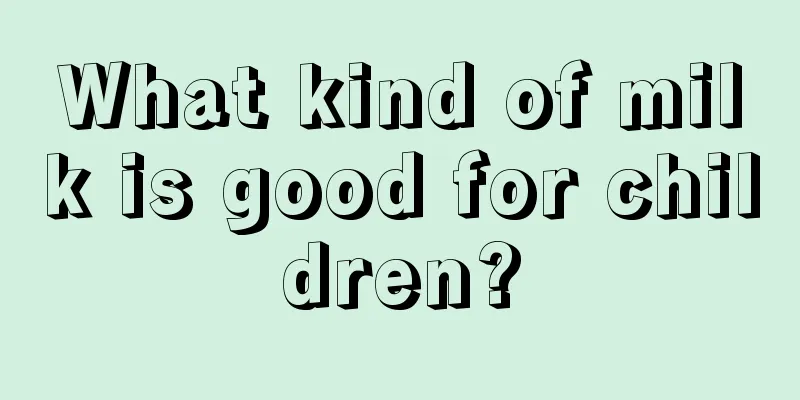The child has a fever of 39 degrees and is convulsing
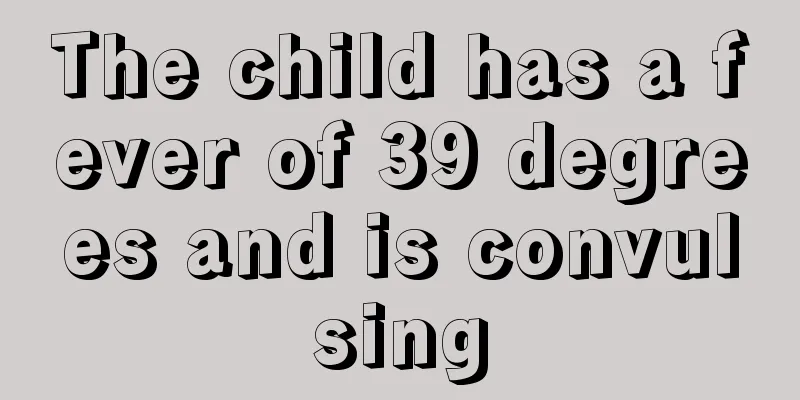
|
It is common for children to catch a cold and have a fever, especially fever, which is the most distressing for adults. Children often cry and make a fuss when they have a fever, and if the fever is high, children are prone to convulsions, which is what we know as pediatric febrile convulsions, which is not good for the child's brain. Therefore, when a child has a fever of 39 degrees and is convulsing, parents must send the child to the hospital for treatment in time to avoid brain burns. What should I do if my baby has a fever of 39 degrees and cramps? Febrile seizures are very common in children, with a prevalence of 5%-10%. It is best for parents to master some basic knowledge in dealing with high temperature convulsions. If parents can take necessary measures in time, they can avoid or reduce the complications caused by high temperature convulsions. 1. When cramps occur, you must remain calm, avoid shaking the child, or rubbing the child's hands and feet vigorously, and don't yell at the child. 2. Tilt the child's head back and to one side, apply a cold towel to the head or place an ice pack on the head. Loosen the collar and use a wet towel to wipe the child's neck, armpits and other areas to cool down physically. 3. Wrap chopsticks with clean gauze and place them between the child's upper and lower teeth to keep the airway open, prevent tongue bites, and prevent saliva and vomit from flowing back into the trachea, so as to avoid suffocation or aspiration pneumonia. 4. The baby's convulsions will stop in about 3 minutes. After that, give the child more water to prevent collapse caused by excessive sweating. Experts remind that when the cause of the disease is unknown, parents should not let their children take antipyretics on their own, because this may delay or aggravate the condition and cause trouble for treatment. It is recommended that when the child has a fever (below 38°C), parents should first use safer and more feasible physical cooling methods, such as applying a cold towel to the forehead, wiping the neck, loosening clothes, etc. Warm reminder: If your baby has a fever of 39 degrees and cramps, it is recommended to take the child to the doctor immediately Due to differences in individual constitution, eating habits and living environment, a few febrile convulsions are a sign that the child is seriously ill or has a complicated condition, and the child needs to be taken to the hospital for examination and treatment immediately. 1. When convulsions occur at temperatures below 38°C; 2. When the convulsion lasts for more than 5 minutes; 3. When convulsions are accompanied by repeated vomiting; 4. Seizures occur again within 24 hours and more than twice; 5. When the twitching is not all over the body but a certain part of the body; 6. When infants under 6 months old and children over 6 years old have convulsions. What should I do if my baby has a high fever of 39 degrees? A child's fever of 39 degrees is already a high fever and should be treated promptly. If you cannot go to the hospital immediately, you need to observe the child's fever condition, such as whether the child has slow reaction, convulsions, or other abnormal reactions. Parents can use antipyretic drugs and do some physical cooling at home. A high fever above 39°C can easily cause convulsions in children. Children under 6 months old should be treated promptly when they have a fever because their condition changes rapidly. The World Health Organization recommends that no antipyretic drugs should be used for infants under 2 months old. Infants and young children under 3 months old should use drugs to reduce fever with caution, and physical methods should be used to reduce fever instead. If the antipyretic effect of medication is not good or the body temperature exceeds 39°C within two hours after taking medication, physical methods should be used to reduce the temperature. It takes a certain amount of time for drugs to take effect. When a child's temperature suddenly exceeds 40°C, physical methods should be used to reduce the fever immediately. |
<<: What to do if your child pouts
>>: Is a child's fever of 38 degrees serious?
Recommend
Reasons why children squeeze their eyes
The slightest movement of the child will affect t...
What are the benefits of swimming for babies
Although babies are young, they often need to swi...
My child's buttocks are red, what should I do?
Children's skin is generally more sensitive, ...
What are some ways for children to enhance their immunity?
As we all know, children's resistance is defi...
Care for neonatal omphalitis: these six points should be kept in mind
Newborns are more likely to suffer from omphaliti...
Blood in the stool in children
With the continuous development of modernization,...
What to use for bathing baby with eczema
Eczema is a skin problem caused by a damp and hot...
Eosinophils in children
Alkaliphils are a type of white blood cell that o...
How to care for your baby after teething
Teeth serve as a tool for us to chew food. They w...
Symptoms of excessive calcium supplementation in babies
We know that if a baby lacks calcium, it will hav...
What are the developmental standards for twelve-month-old babies?
The baby is the biggest concern of the family, an...
Symptoms of penicillin allergy in babies
Penicillin is an antibiotic that is widely used i...
The child is awake and coughing
Some children are prone to coughing after waking ...
How do children grow taller in spring?
Spring is here, it is a season of growth, because...
How to Make a Baby Sleeping Bag
There are a wide variety of baby products in mate...
